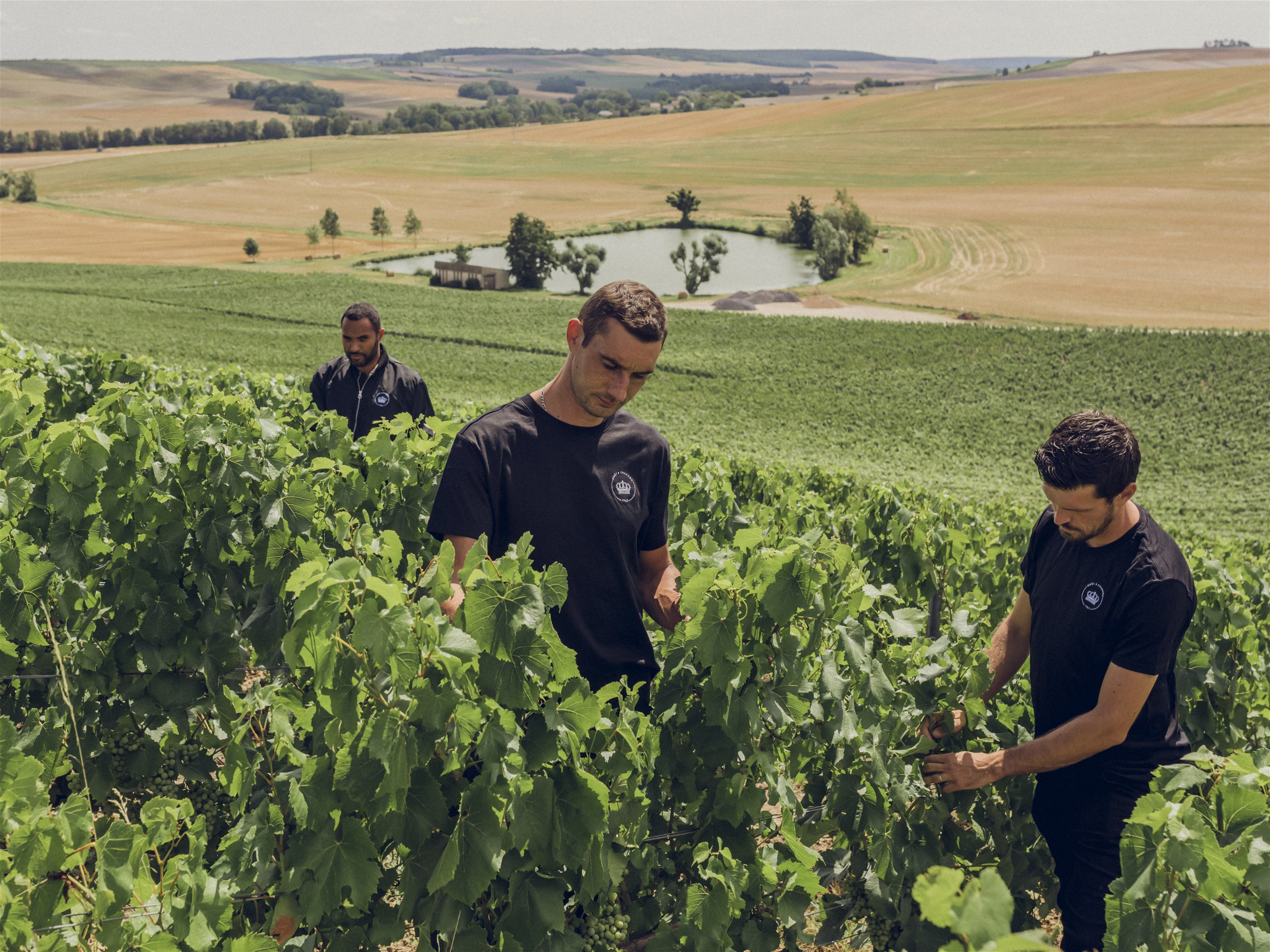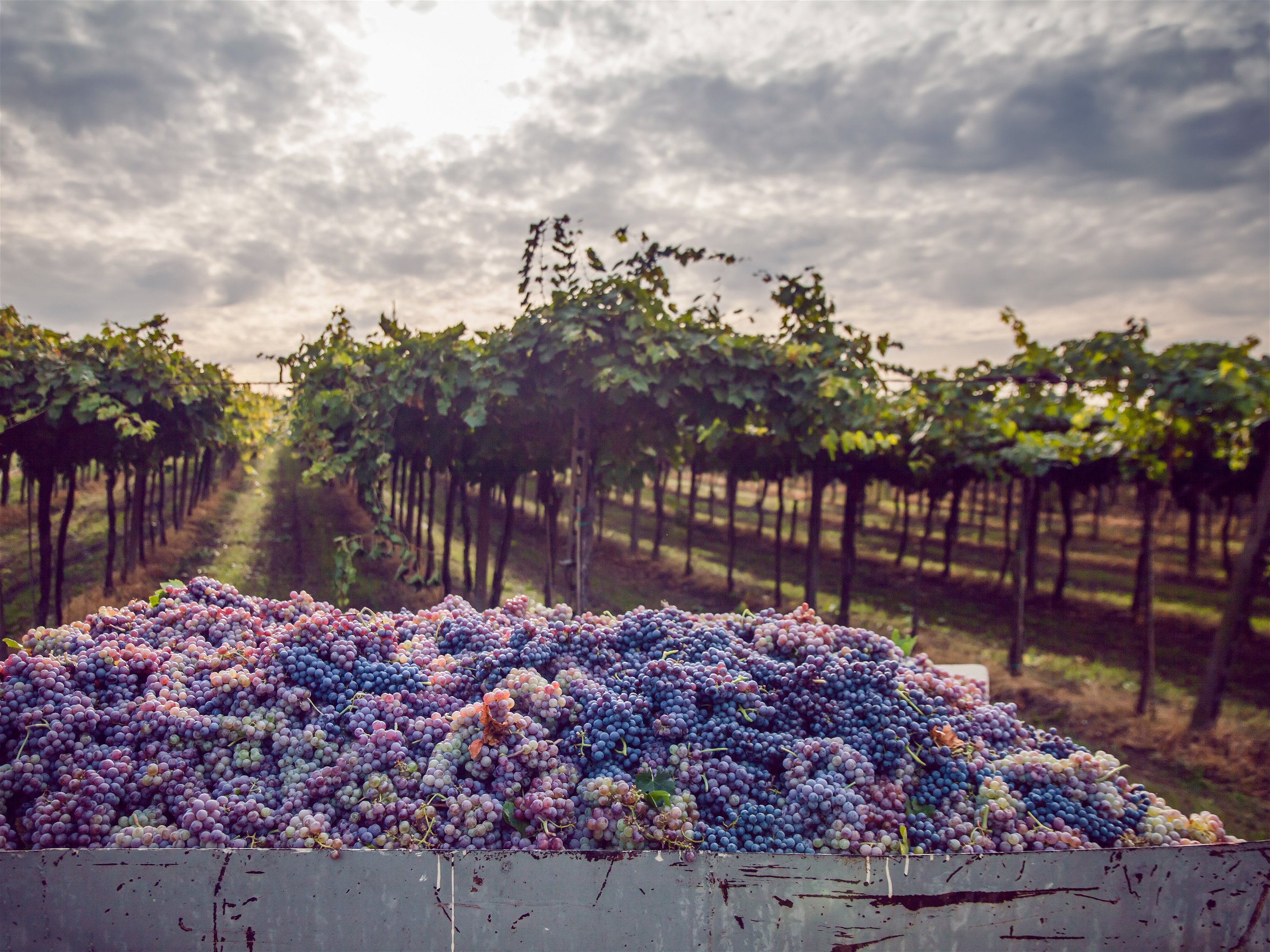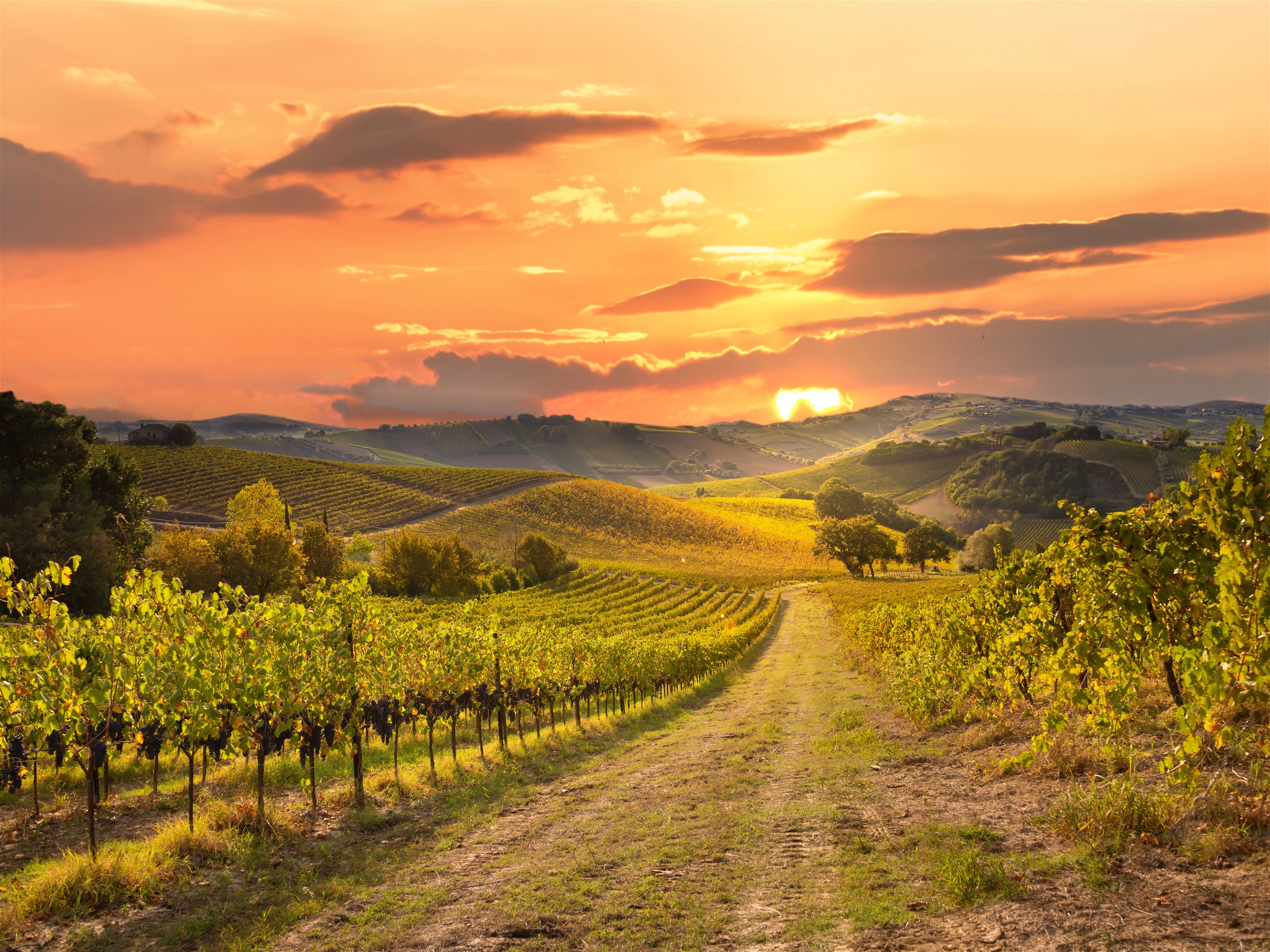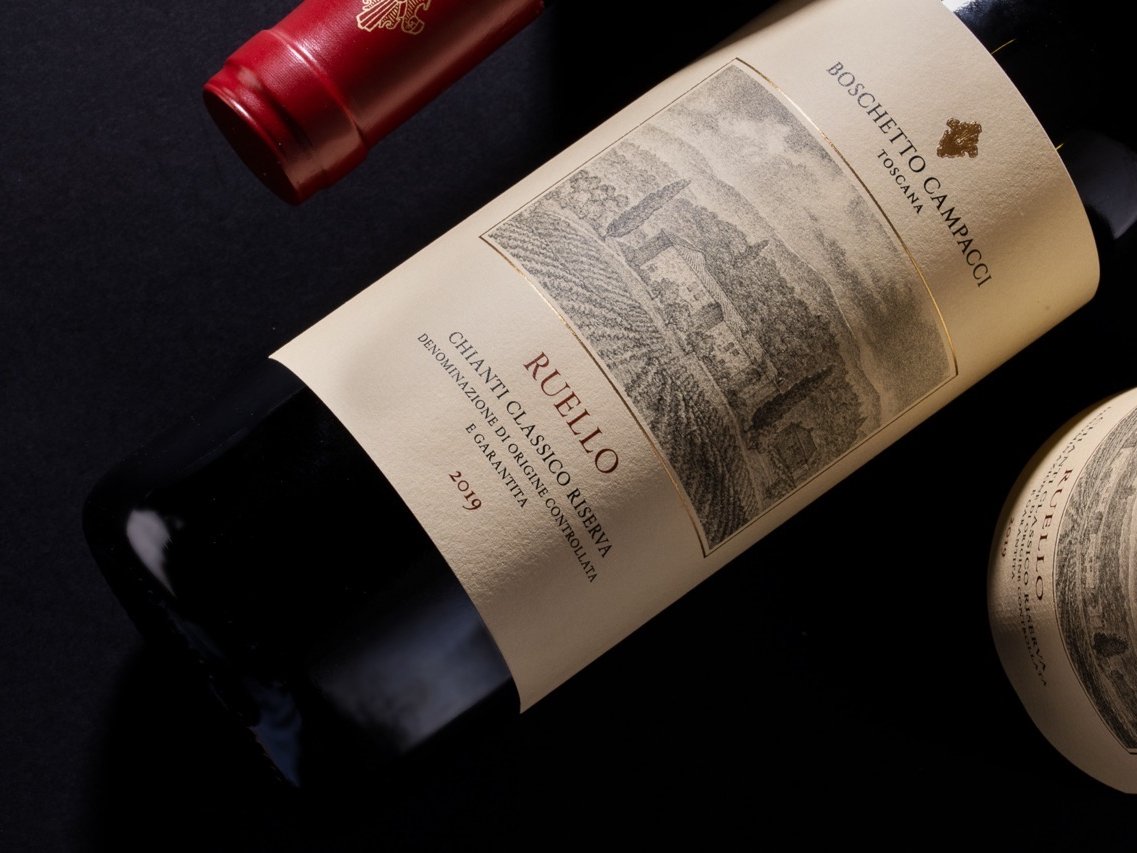What can we expect from the 2022 vintage in Germany?
Good harvest volumes, a warm summer and a cool autumn assisted the maturation.
After the rather cool and wet vintage of 2021, 2022 also brought a return to conditions in Germany that are thought to be related to global warming. Although a not excessively early budburst had raised hopes of another “normal vintage”, warm weather in early summer already led to an accelerated vegetation process; in May the growth of the vines was already a good week ahead of the long-term average.
This spring was followed by a warm and above all, dry summer. At times the winegrowers hoped that the drought would slow down the growth of the vines, but the opposite was the case: as early as mid-August the berries showed astonishing Oechsle readings; for example, in the Kaiserstuhl, where on the 17th of August some Pinot Gris was measured with over 90 Oechsle.
In the last week of August, grapes for sparkling wine were harvested almost everywhere in Germany. In the first days of September, the harvest of Pinot Noir for red wine began, followed almost immediately by the Riesling harvest in the southern regions. At the beginning of September, abundant rainfall set in, which - even though the winegrowers would have liked to have had this rain in July – still had a positive effect on the vintage. For one thing, after the rain, the berries - some of which had previously been very small – filled up with some juice (“watered down”). This is feared under other conditions but was beneficial to the quality of the wine in this dry year, as it also led to a drop in the berry sugar levels and thus prevented excessively high alcohol levels during fermentation into wine. At the same time, the rain only resulted in a tolerable amount of Botrytis pressure: on the one hand, the berries had relatively firm skins due to the dry summer, and on the other hand, the precipitation was accompanied by cool temperatures. Above all, the low night temperatures ensured that the grapes retained an aromatic freshness despite the warm summer.
The health of the grapes was so good that even the northern regions were able to let the Riesling berries ripen fully, with harvest beginning at the end of September and finishing in the last third of October. In terms of volume, the vintage in Germany is six per cent above the long-term average, with regions that were particularly hard hit in 2021, such as Baden (mildew) or Saale-Unstrut (frost), recording a 50 per cent increase in yields compared to the previous year.











